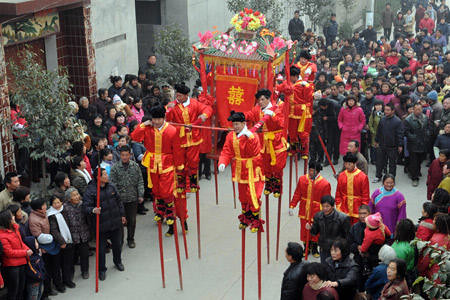| Home > Living in China > Art |
Shadow Play still Popular in Some Areas
Shadow play, a traditional Chinese folk art with a history of more than 2,000 years, has embarked on a path towards revival after a period of notable decline, thanks to conservation efforts and lasting interest in rural areas. Known as a precursor of modern cinema, shadow play is a kind of drama in which silhouettes made of hard paper and buffalo and donkey hide are projected onto a white screen. The performer manipulates the characters behind the screen while singing the libretto to tell a story, accompanied by music.
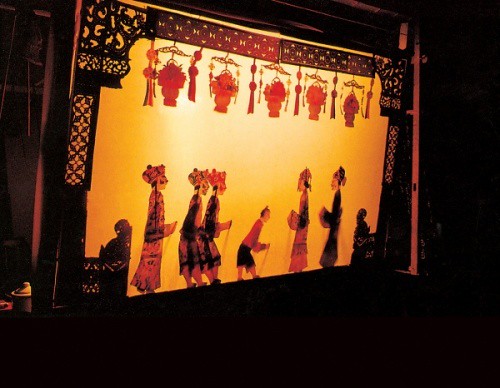 |
|
Different characters stage a performance |
Chinese shadow play, which came into being during the Han Dynasty (206 BC-220 AD) in northwest China's Shanxi Province, spread to South Asia, Central Asia, West Asia and North Africa in the 13th century. The ancient Chinese art spread to Europe in the 17th century. The famous German poet Goethe staged European opera in the form of Chinese shadow play.
Shadow play, with distinctive folklore styles, had long been almost the only entertainment in Chinese villages till two decades ago. But it gradually fell from the limelight due to the impact of modern audio-visual media. Many shadow play groups have been disbanded, and many of the most talented artists died.
Fortunately, shadow play is still alive and warmly welcomed among people in some rural areas. A creaking shoulder pole, three shabby cases of stage properties, and six simple-hearted performers who look like local villagers -- all these constitute a Chinese shadow play troupe named Shanhua. The troupe, founded in 1933 in Zaozhuang City, Shandong, has not only staged well-orchestrated dramas in villages of the province, but also brought them to more than 20 provinces and municipalities including Heilongjiang, Liaoning and Tianjin. The troupe has had over 6,000 performances and won acclaim from audiences.
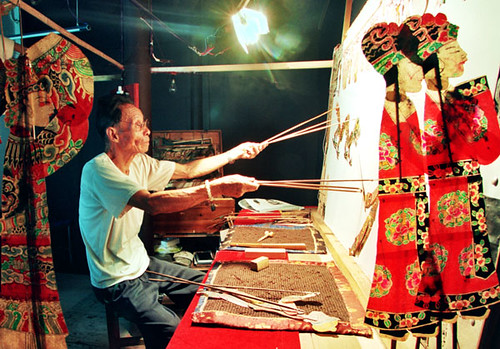 |
|
An old-aged man manipulates characters behind the screen. |
China is applying to the United Nations Educational, Scientific and Cultural Organizations (UNESCO) for a certification for this ancient art form as an intangible cultural heritage.
Edit by Kitty
Art
 more
moreShadow Play still Popular in Some
Shadow play, a traditional Chinese folk art with a history of more

Origin and Tools of Ink & Wash
Ink and wash painting is an East Asian type of brush painting, also
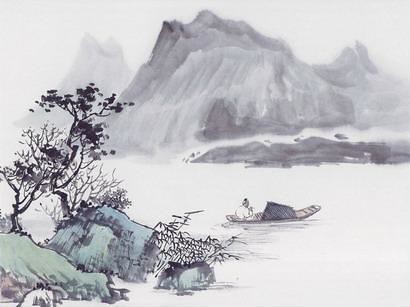
China Issued Special Stamps for
Citizens in Nanjing, East of China's Jiangsu Province, queued
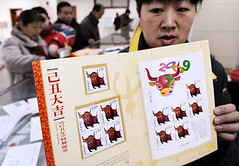
Customs
 more
moreChinese Kungfu
Introduction to Wudang Mountains
The Wudang Mountains, also known as Wu Tang Shan or simply Wudang,
Everybody was kungfu fighting
Niels Tsai, a kungfu enthusiast from Malaysia, was halfway up misty
Tai chi helps cut pain of knee arthritis
The traditional Chinese form of exercise known as tai chi can help




 print
print  email
email  Favorite
Favorite  Transtlate
Transtlate 